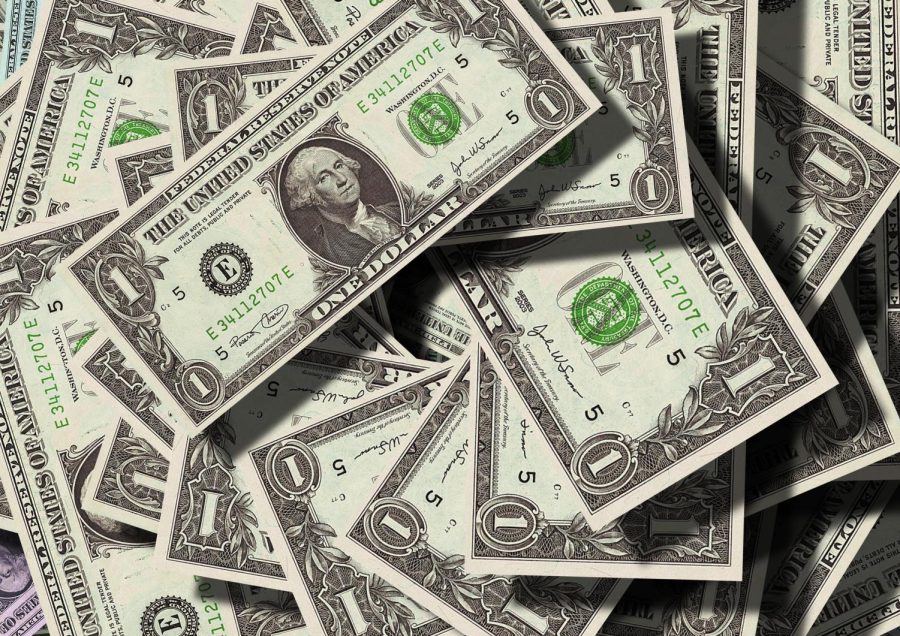U.S. Reaching the Debt Ceiling
On Jan. 19, 2023, the United States officially reached its debt limit of 31.4 trillion U.S. Dollars (USD). This is the first time since Aug. 1, 2021, when the limit was set at 28.4 trillion USD.
The debt limit is not the amount the U.S. is able to borrow up to, but instead the amount the country is willing to pay back.
How exactly is the debt limit decided?
The answer may be less than satisfactory according to Assistant Professor of Political Science Dr. James Gilley who states it is mostly a decision on when the U.S. wants to reach its debt ceiling again.
“They pick something that will be six months-a year down the road,” Gilley said. “They’re not doing a lot of math; they’re more or less just picking a number.”
The result of the debt ceiling/limit being reached is that the U.S. Treasury had to take on “extraordinary measures,” according to a letter from the Head of the U.S. Treasury, Janet Yellen, to Congress. These measures have included reducing investments in government funds like the G-Fund.
In a report released by The Hill, Yellen told Congress leaders that a “debt issuance suspension period” would last through June 5, though it’s “unclear how long the Treasury Department will be able to utilize the measure to prevent a default.”
Defaulting in the case of the United States would be the refusal or inability to repay its debts. Default would occur from either “failing to raise or suspend the debt ceiling” or “not paying interest on treasury bonds,” according to a report by The Balance.
“[Default] causes major global systems problems and probably collapses the economy and not just ours since we’re so integrated with each other,” Gilley said. “A recession would be item number one—almost instantaneously.”
The repercussions of the default could be dire for the U.S. and the world as a whole. The outcomes include increased interest rates, government programs would be at risk and the stock market would also be affected.
The U.S. has prevented default in the past by increasing the debt ceiling.
Increasing the debt limit, a CBS News report implies, is perhaps the most obvious step, allowing people to spend more and not worry about default again for a certain period of time. Cutting back on spending or borrowing is another simple way.
According to a CBS News article, other ways to prevent reaching the debt ceiling are prioritizing and minting a trillion dollar coin.
However, that would be impractical, according to Gilley, because mandatory spending accounts for over 50% of the debt.
“There is nothing we can cut that’s big enough,” said Professor Gilley.
Minting of a coin, Gilley says, would inflate the USD and force the U.S. to use a new currency.
Investopedia relays in a report, “The U.S. stock market has long been considered the source of the greatest returns for investors.” A default would change this.
“Financial markets would lose faith in the United States, the dollar would weaken, and stocks would fall,” a White House report states. The report goes on to explain that stock markets would most likely plunge and companies would begin to lay off workers, much like in the 2008 recession.
“Financial markets would lose faith in the United States, the dollar would weaken, and stocks would fall.”
“Contact your congresspeople,” Gilley said. “Get them to raise your debt ceiling.”

I'm a Mass Communications major and a huge Saints fan. I’m from Chalmette, and I haven’t seen my dog in a month.
Fun Fact: I’ve listened to the...






![Basiel Williams [#7] beginning his swing in a game against Lamar (5/11).](https://thenichollsworth.com/wp-content/uploads/2024/05/Basiel-Williams-vs-Lamar-600x430.jpg)
![Assistant coach Cody Livingston [#53] talking with pitcher Nico Saltaformaggio [#38] on the mound(5/12).](https://thenichollsworth.com/wp-content/uploads/2024/05/LivingstonNicoHuddle-vs-Lamar-600x400.jpg)








